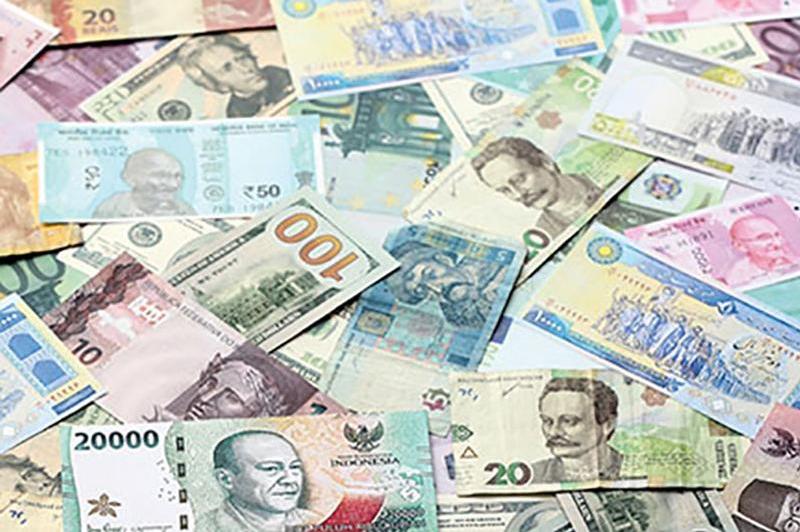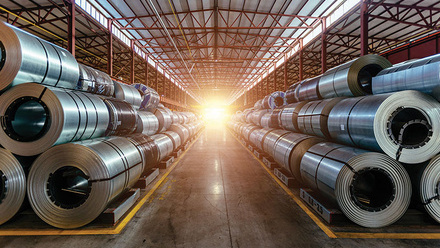Tuneable materials give counterfeiters a run for their money
A multi-layered, anti-counterfeiting approach from inventors at Western University, Canada, creates markings that are purportedly much harder to forge.

The technology uses materials with persistent luminescence. Current luminescent materials used for anticounterfeiting become visible in UV light, but stop glowing when the light source is removed.
Using the Canadian Light Source at the University of Saskatchewan, the team has created inorganic phosphor nanoparticles that are visible to the eye for several minutes after the UV light is turned off.
An ID mark can therefore be ‘programmed’ to disappear in stages, with some elements vanishing quickly while other aspects fade over several minutes.
The nanoparticles also emit a shade of red light that is not easily reproducible.
While micrometre-sized, persistent luminescent materials are currently available, these new materials are nanosized, which can print highly-detailed patterns. The particles are said to glow brighter and longer than existing materials.
A money manufacturer could create a graphical pattern using a combination of the phosphors, 'similar to drawing a picture with different colour of pencil crayons. The luminescence from this pattern is dynamic, it changes over time', says Dr Lijia Liu at Western University. Finding a combination that glows with a specific duration is 'extremely challenging unless you know all the manufacturing details'.
The recent study has achieved four different glow durations. The colour is tuned by selecting the desired metal ion species as the colour centre and the host inorganic crystal.
'Tuning the duration of glow is tricky because it is mainly about engineering the host crystal to create a specific defect in them without interrupting the overall structure,' Liu adds.
They have tried a few colour-centre and host combinations, and have found the phosphors can generate more complicated anti-counterfeiting patterns.
Magnesium germanium oxide is the host for red-emitting phosphors. The light comes from manganese ions, doped in the host as the colour centre.
While the luminescent colour is static, the afterglow changes. The researchers achieved this by tweaking the dopants included in the host material to change its optical properties. 'These dopants are not the colour centre, but they act as traps. They are able to ‘hold’ the energy and slowly release it. The tuneability is achieved by adjusting the number of trap sites in the material,' explains Liu.
She believes the technology could also be applied to non-cash items, such as higher-value or high-risk products like artwork or pharmaceuticals, respectively.
Current technologies on such items are based on barcodes, or holography, which needs sophisticated design and additional equipment to manufacture the labels, she notes. 'Our technology offers an alternative, yet competitive method of creating customised anticounterfeiting labels with added level of security.'
These can be applied on their own by printing a pattern with a dynamic afterglow, or in combination with other techniques, such as encrypted barcodes.
The team says magnesium germanium oxide phosphors are highly stable and easy to adapt to existing manufacturing. The phosphors are supplied as dry powders, which can be blended to any solvent. They have tested several extreme conditions – such as a high temperature, strong acid and a strong base – and found the luminescent properties to be unaffected.
'The cost of manufacturing these phosphors are comparable, if not lower than the cost of making typical inorganic phosphors,' Liu concludes. The researchers say the end-user can design their own pattern and incorporate it into existing manufacturing with no additional cost.







